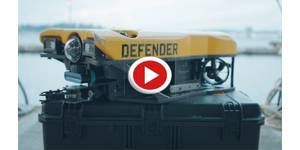-
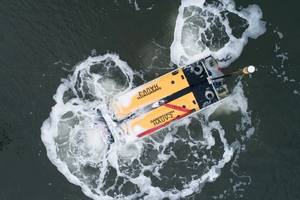
Subsea Expo Day 2: Remote and Autonomous Ops are the Trend, Barriers Remain
[ Elaine Maslin reports from the show floor at Subsea Expo in Aberdeen this week for Offshore Engineer and Marine Technology Reporter ]The coronavirus pandemic has helped to accelerate a drive towards the use of remote technologies, but regulations, acceptance and access to skilled people are still barriers to greater adoption, day two of Subsea Expo heard today (Wednesday, March 23).On the showfloor, companies including SAAB, IKM Subsea, and L3 are showcasing remote and uncrewed vehicles.
-

Subsea Expo Focuses on $3 Trillion Opportunity
One of the first major UK industry events since the start of the Coronavirus pandemic heard Tuesday morning how, after a period of Covid-induced hibernation, the UK’s subsea sector is emerging into a new world of opportunity.Speaking at Subsea Expo in Aberdeen, Neil Gordon, CEO of the event’s organizer, the newly formed Global Underwater Hub (GUH), said that there was a US$3 trillion global opportunity by 2030 in the blue economy that the UK’s subsea industry could target…
-
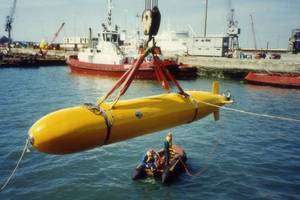
Subsea Vehicles: Diving into the Autosub Program
In our last MTR, to mark 25 years of the UK’s National Oceanography Centre (NOC) working with AUVs, we talked with Dr. Maaten Furlong, Head of the Marine Autonomous & Robotic Systems Group at NOC, about the organization’s history and future plans. Now we take a deep dive into the Autosub program.The UK’s National Oceanography Center (NOC) has a long history, going back to the National Institute of Oceanography…
-
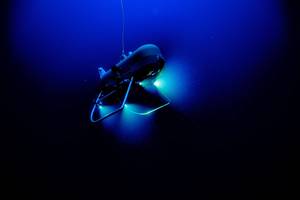
Subsea Vehicles: A Journey to the Under – and Outer – Worlds
It’s often remarked upon that we know more about the surface of the moon than we do the depths of our ocean. Scientists are now shooting for both – and beyond. Work by NASA’s Jet Propulsion Laboratory (JPL), developed for exploring Mars, is now being leveraged by Woods Hole Oceanographic Institution (WHOI) to help tap Earth’s deepest water secrets. In turn, WHOI’s work will help NASA explore oceans…
-
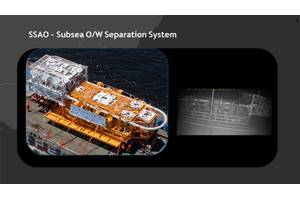
Interview: André Lima Cordeiro, Executive Manager, Subsea Systems, Petrobras
Brazil has always pushed the boundaries of deepwater exploration and production – and it’s still doing so today. With some of the world’s largest deepwater reservoirs, that are often complex in themselves, it’s had to come up with new solutions. Elaine Maslin found out more from André Lima Cordeiro.Petrobras has often led the charge in developing and deploying subsea processing and boosting systems.
-
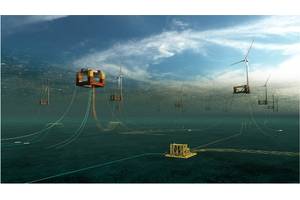
Floating Offshore Wind: Attention Turns Subsea for Power Transport
From being an ugly duckling, floating offshore wind is now the Cinderella of the offshore renewables world. Attention is now being paid to floating and even subsea substation concepts to help bring this power to shore. Over the past year, expectations around the growth in the floating offshore wind development have grown, significantly. Many are piling into the market, seeing that it could give them a chance to ramp up renewables capacity quickly…
-
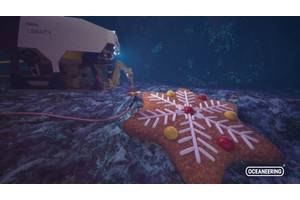
OE’s 2021 Top of the Festive YouTube Video Pops
No year is the same without the annual corporate festive YouTube videos. And while the pandemic is yet again trying to do its best to ruin our holidays, offshore companies have still provided us with a crop of Christmas cheer.Oceaneering, again, tops our Top of the Festive Pops. It seems that having a theme park business side-line supports pretty neat 3D animations. However, neat tools are no good…
-
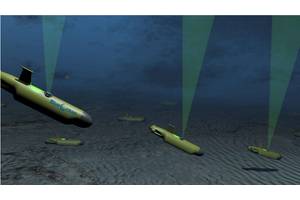
Sourcing Seismic with Subsea Swarms
Swarm behavior of underwater vehicles has long been on the wish list. Couple that with collecting seismic data and you have an interesting challenge. The seismic industry has a track record for innovation – Blue Ocean Seismic Services is taking on the latest challenge. Seismic data acquisition isn’t perhaps at the top of many lists when it comes to discussing innovation in the marine sector. Yet it’s been an area that’s seen leaps and bounds in innovation…
-
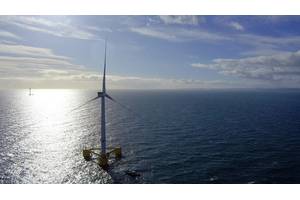
Offshore Renewable Energy: A Port Puzzle for Floating Offshore Wind
After being very much on the margins of the offshore wind industry, floating offshore wind now appears to be ready to hit the mainstream. With gigawatt scale developments already on the horizon, what will the infrastructure needed to build and support them look like? Over the past 12 months, the floating offshore wind sector appears to have had a major dose of adrenaline. While the largest development…
-
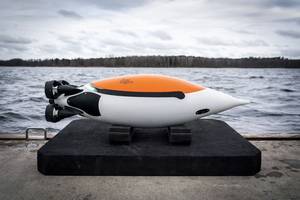
MTR100: When it Comes to Drones, Big is Good. <1m is Better.
Over the last couple of decades, autonomous underwater vehicles (AUV) have become fully established work horses of ocean mapping and surveillance. That doesn’t mean there’s not room for some innovation. Elaine Maslin takes a look at some activity in the sub-1m collaborative drone market.New breeds of AUV are on their way. Some are bigger, but there’s also a host of companies developing small (<1m)…
-
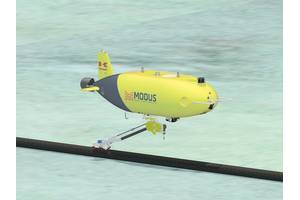
Subsea Vehicles: To Be (resident), or Not to Be?
That’s the question? Or, more specifically, are there alternative ways of delivering robotics to where they’re needed without having to have seabed docking stations? Elaine Maslin takes a look. The idea for some kind of resident subsea vehicle has been around for some time. From BP’s considerations in 1986 for an integrated ROV launch system onboard the SWOPS oil production system to support subsea…
-
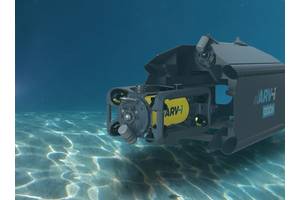
Tech File: A Resident Eyeball ROV
There's also space in the market for resident observation systems, believe Boxfish Research and Transmark Subsea. The two companies signed a partnership agreement in October 2020 to deliver a fully autonomous resident observation ROV, the ARV-i.The ARV-i combines underwater vehicle, photography and robotics technology from Boxfish Research and underwater power and communications from Transmark Subsea.
-
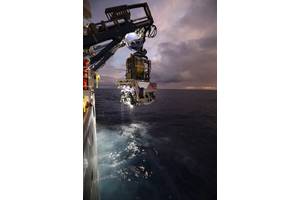
ROVs: Time for Renewal in the Work Class world?
There are tentative signs of the start of a renewal in the work class ROV fleet. But what form will it take?The work class ROV (WCROV) market has taken something of a battering over the past few years. The 2014 downturn and then a pandemic has meant the ROV services market and the fleet have suffered (see panels), alongside the rest of the offshore industry.Oversupply, thanks to a spate of investment in new vehicles through 2010-2014…
-
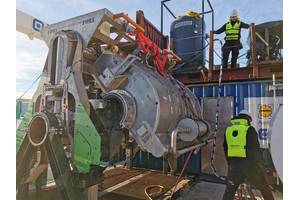
Subsea Tech: Taking 3D Printing to the Seabed
Underwater pipeline repair is an unavoidable and also fairly intensive activity within the offshore industry. There’s a lot of it on the seabed, some of it is old and/or subject to corrosive substances and even damage by anchor or trawler gear. Until now, its repair is largely through installing clamps over specific defects or cutting out and then welding in new sections, when there are multiple defects…
-
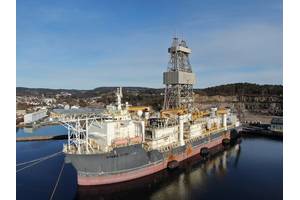
Subsea Mining: All Eyes on Marine Minerals Offshore Norway
Marine minerals are coming under sharp focus offshore Norway. Analysts suggest it could be a $20 billion annual revenue industry by 2050, which is why many are taking an interest and developing the technology to make it happen. Marine mineral mining has been something of a slow burner in the wider marine world. It has some clear challenges, not least location and depth of these potential resources…
-
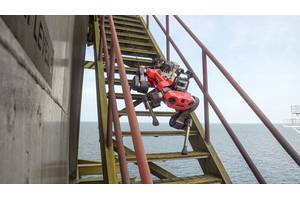
ROBOTICS: Meet Your New Offshore Robotic Co-workers; Charles, Eddie, ANYmal & Spot
Within the last 12 months, a series of significant steps have been made in the world of offshore robotics; a number of legged and tracked robots made their first steps onto and around offshore facilities in Malaysia, the Netherlands, Norway and the US. For operators, it’s a big leap to have these things on facilities. For technology developers, it’s a big step towards future potential adoption offshore.In August last year (2020)…
-
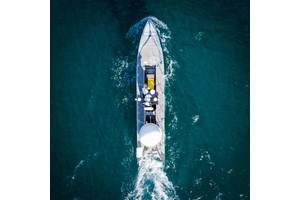
Need a Survey? There’s a USV for That
While the adoption of unmanned/uncrewed surfaces vessels (USVs) was initially in defence, use of these low footprint systems has spread into other sectors, not least survey, and now the race is on for greater capability, endurance and autonomy. Elaine Maslin reports.After starting small, in inland waterways, use of USVs for survey operations has moved into coastal and now offshore waters. Given the extensive amount of seabed and rapid growth in offshore wind…
-

Subsea Tiebacks: A Troll with a Kinder Surprise
Equinor’s Troll Phase 3 project has been described as a real Kinder surprise. It’s Equinor’s most profitable project ever and comes with a minimum CO2 intensity for an offshore project. Elaine Maslin takes a look.Later this year, Norway’s Equinor is due to bring on stream its “most profitable project ever”. With a breakeven of less than $10/barrel, it’s indeed a low-cost project. It’s also got a low carbon footprint…
-
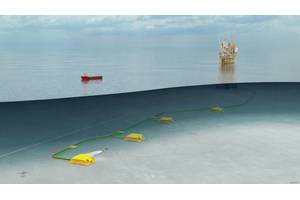
2020: A Year Like No Other with a Mixed Outlook for Subsea
On many levels, 2020 was a pretty horrific year, “a year like no other”, according to Mike Beveridge, managing director of energy investment firm Simmons Energy, a division of Piper Sandler. It’s easy to see why. A dip into a negative WTI contract prices, Brent troughing at $23/b – the indicators were all pretty grim. The scary thing is, it could have been worse. But there is light at the end of the tunnel.Speaking at the Society of Underwater Technology’s (SUT) annual subsea market outlook…
-
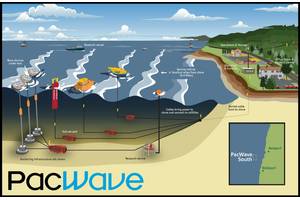
Fiber Optic Sensing and Mining an Ocean of Data
Fiber optic sensing is opening up vast new areas of research and data gathering potential, not least across our oceans, where existing cables could offer a new global sensing network. Elaine Maslin reports.Criss crossing between our nations, across channels and between continents are a multitude of cables – some 120 million km of them. Some are pretty old (the first international submarine cable was laid across the Channel, between the UK and France, in 1850).
 February 2025
February 2025
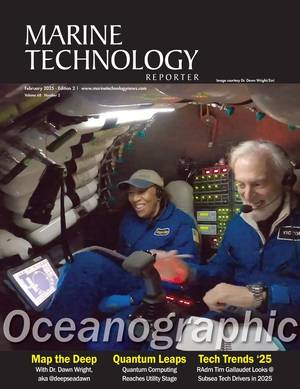
In this edition MTR explores the drivers for subsea exploration in 2025 and beyond
Read the Magazine
This issue sponsored by:

LVR Flote helps rebuilding of bridge with sonar precision
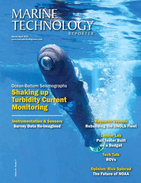
Marine Technology Reporter is the world's largest audited subsea industry publication serving the offshore energy, subsea defense and scientific communities.
Subscribe
